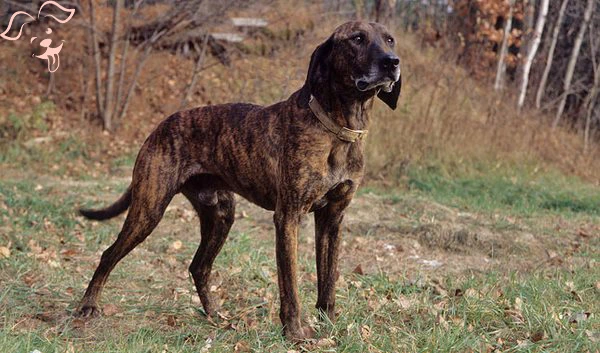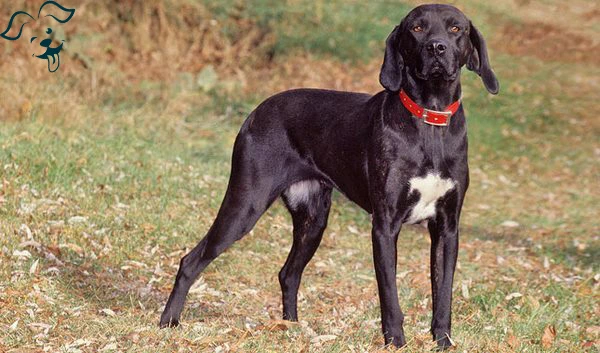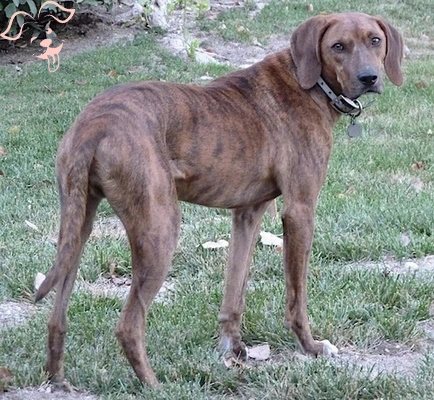CARING WITH FAMILY
|
| The level of affection a breed is prone to show towards family members or familiar individuals varies. Certain breeds may exhibit aloofness towards everyone except their owner, whereas others treat everyone they know as their closest companion. |
LOVE WITH CHILDREN
Unwise
Good With Children
|
| The degree of tolerance and patience a breed demonstrates towards children's behavior and its overall family-friendly disposition are important considerations. It is crucial to supervise dogs around young children or children who have limited experience with dogs, regardless of their age. |
BEHAVIOR WITH DOGS
Unwise
Good With Other Dogs
|
| The overall friendliness of a breed towards other dogs is an important factor to consider. While it is always necessary to supervise interactions and introductions between dogs, certain breeds tend to have a natural inclination for getting along with other dogs, whether it be within the home or in public settings. |
SHEDDING LEVELS & MANAGEMENT
No Shedding
Hair Everywhere
|
| The amount of fur and hair that a particular breed is likely to shed is an important factor to consider. Breeds that shed heavily will require more frequent brushing and are more likely to trigger certain types of allergies. Additionally, they may require more consistent vacuuming and lint-rolling to keep up with the shed hair. |
COAT GROOMING STANDARDS
|
| The grooming requirements of a breed, including bathing, brushing, trimming and other coat maintenance tasks, should be taken into account. It is essential to consider the time, patience and budget you have available for grooming care when evaluating these needs. It is also important to note that regular nail trimming is necessary for all breeds. |
DROOLING INTENSITY
Less Likely to Drool
Always Have a Towel
|
| The tendency of a breed to drool is an aspect worth considering. If maintaining cleanliness is important to you, it may not be suitable to choose a breed that leaves ropes of slobber on your arm or creates large wet spots on your clothes. |
COAT STYLES GUIDE |
| Smooth |
| COAT SPECTRUM |
| Short |
FRIENDLINESS
Reserved
Everyone Is My Best Friend
|
| The level of friendliness a breed exhibits towards strangers is an important characteristic to consider. Certain breeds may be reserved or cautious around all strangers, regardless of the situation. On the other hand, there are breeds that are generally welcoming and happy to meet new people whenever they are around. |
LIVELINESS
Only When You Want To Play
Non-Stop
|
| The level of enthusiasm a breed exhibits towards play, even beyond the puppyhood stage is worth considering. Some breeds will continue to show interest in playing tug-of-war or fetch well into their adult years, while others may prefer to spend most of their time relaxing on the couch with you. |
VIGILANCE INTENSITY
What's Mine Is Yours
Vigilant
|
| The inclination of a breed to alert you about the presence of strangers is worth considering. These breeds are more likely to react to any potential threat, whether it's the arrival of the mailman or the presence of a squirrel outside the window. Additionally, these breeds are also prone to warming up to strangers who enter the house and are accepted by their family. |
ADAPTATION CAPACITY
Lives For Routine
Highly Adaptable
|
| The adaptability of a breed to handle change is an important aspect to consider. This includes how well a breed can adjust to changes in living conditions, noise levels, weather, daily schedules and other variations in day-to-day life. |
OBEDIENCE LEVEL
Self-Willed
Eager to Please
|
| The ease of training and the willingness of a dog to learn new things are key considerations. Some breeds have a strong desire to please their owners making them more eager to learn and follow commands. In contrast, other breeds may have a more independent mindset preferring to do as they please, where they please and when they please. |
STAMINA LEVEL
|
| The exercise and mental stimulation requirements of a breed are important factors to consider. High-energy breeds are typically ready for action and eager for adventure. They thrive on activities such as running, jumping and playing throughout the day. On the other hand, low-energy breeds are typically content with a more relaxed lifestyle and are happy to spend their time lounging and snoozing. |
VOCALIZATION
|
| Likes To Be Vocal |
LEARNING CURIOSITY LEVEL
Happy to Lounge
Needs a Job or Activity
|
| The mental stimulation requirements of a breed are important for keeping them happy and healthy. Purpose-bred dogs that have specific jobs requiring decision-making, problem-solving, concentration and other cognitive qualities will need appropriate mental exercise. Without sufficient mental stimulation, these dogs may engage in their own activities to keep their minds busy, which may not be desirable from an owner's perspective. Providing adequate mental challenges and activities specific to the breed's needs is essential for their overall well-being. |
| COLORS |
|
Description
|
Registration Code
|
|
Gray Brindle
|
107
|
|
Blue Brindle
|
056
|
|
Black Brindle
|
279
|
|
Black
|
007
|
|
Yellow Brindle
|
368
|
|
Tan Brindle
|
446
|
|
Orange Brindle
|
449
|
|
Maltese
|
448
|
|
Buckskin
|
447
|
|
Red Brindle
|
148
|
|
Brown Brindle
|
065
|
|
Chocolate Brindle
|
342
|
|
Liver Brindle
|
332
|
|
| PATTERNS |
|
Description
|
Registration Code
|
|
Grayings Muzzle & Jaw
|
112
|
|
White Chest & Feet
|
111
|
|
Black Saddle
|
065
|
|
Brindle Trim
|
074
|
|






























FRIENDLINESS
LIVELINESS
VIGILANCE INTENSITY
ADAPTATION CAPACITY